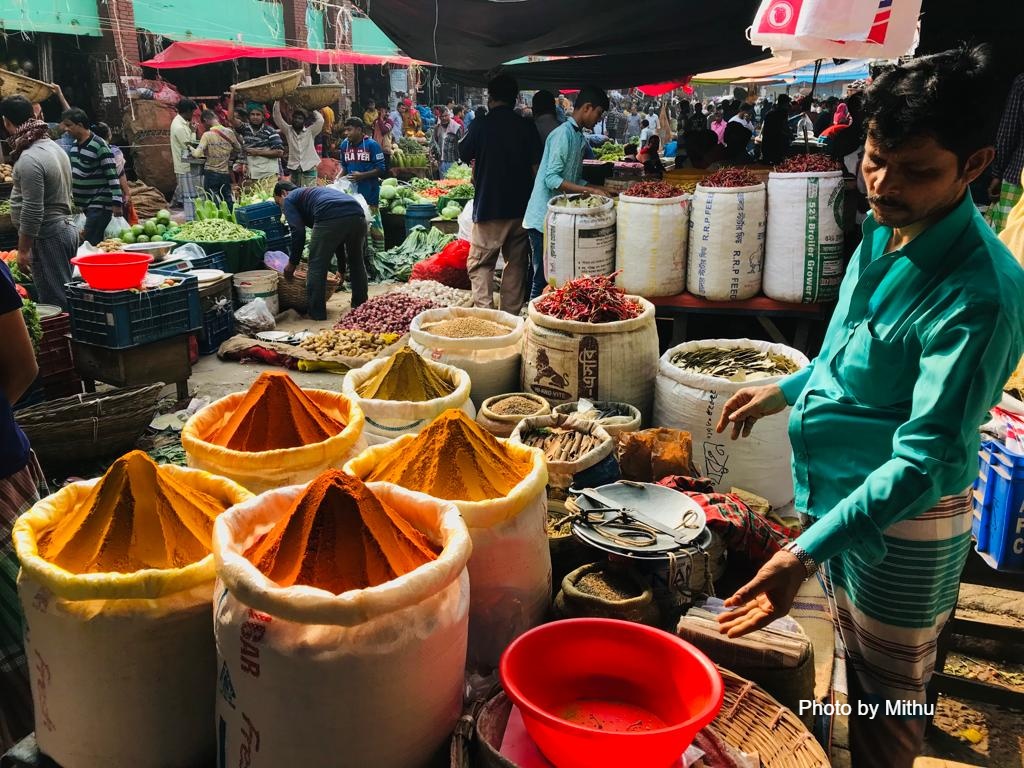Dhaka, the capital of Bangladesh, is the largest city in the country located in central Bangladesh on the eastern banks of the Buriganga River. It is also referred to as one of the most densely populated cities in the world, with almost 20 million residents. It is a colorful city with the country’s industrial, educational, and commercial center. Most people here speak Bengali. People from all over Bangladesh live in this city which creates diversity. However, some original Dhakaiya people and their culture and traditions are still seen in the old Dhaka area.
Dhaka is a historical city and witnessed many dynasties’ rule which can be traced to the 1st millennium CE. But the city rose to fame in the 17th century when it was the capital of the Muslim Mughal dynasty of Bengal province (1608–39 and 1660–1704). The Mughals enhanced the beauty of the city by building forts, palaces, gardens, tombs, and mosques. Dhaka was once the center for the world’s finest Muslin, cotton fabric of plain weave produced by local artisans, which was very popular among wealthy families. Though Muslin is history now one of its varieties Jamdani is continuing the legacy.
The Port of Dhaka was a major trading hub for both the riverine and seaborne trade and this is why the city earned the title the Venice of the East. During British Raj, it became an important administrative and educational center and served as the capital of Eastern Bengal and Assam province after 1905. In 1947, when British rule ends, Dhaka became the administrative capital of East Pakistan and was declared the legislative capital of Pakistan in 1962. In 1971, after the independence of Bangladesh, it became the country’s capital.
Dhaka has many architectural heritages from Mughal Empire to the British Colonial period. Top places to visit in Dhaka; Bangladesh National Parliament, Armenian Church, Lalbag Fort, Ahsan Manzil, Dhakeshwari Temple, Khan Mohammad Mridha Mosque, Bait Ur Rouf Mosque, Star Mosque, Kawran Bazar, and Liberation War Museum.
The Bangladesh Ecotourism and Conservation Alliance (BECA) is currently working in Dhaka to integrate the region and its tour products to promote it to international tourists. BECA is actively building alliances with Dhaka-based tour operators to incorporate more Sundarbans products into their itineraries as well as support the many initiatives of the Alliance. BECA is also working with women entrepreneurs in the tourism industry of this region and created a Dhaka chapter of the Women in Tourism Bangladesh Network to empower women, ensure gender equality in the tourism industry in Bangladesh, and expand their support to build entrepreneurship among local women in underprivileged areas.



